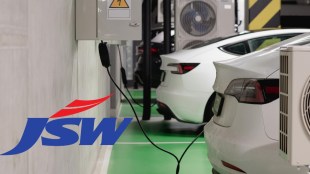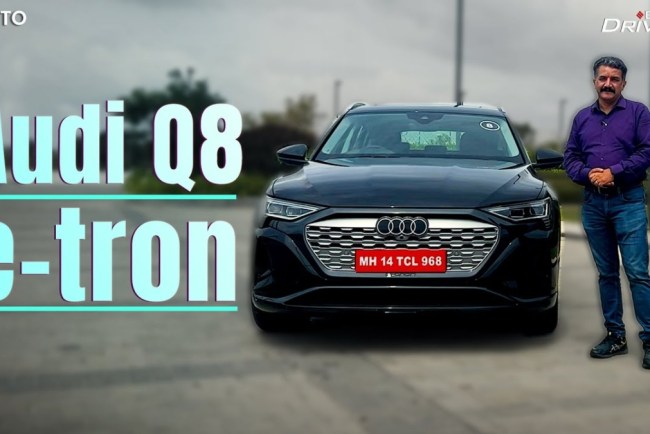Sustainable mobility is not only about clean tailpipe emissions, it includes how the electricity is made, the production of cars, extracting the needed materials for vehicles, transporting them, and so on. So what is the future of the automotive industry in India? The country has addressed tailpipe emissions to an extent, however, what about the whole ecosystem?
“India has been at the forefront of many pivotable changes in the global automotive industry,” says Dr Andy Palmer, the CEO of Palmer Automotive. With over 40 years of experience in the automotive industry, which includes major achievements such as helping Nissan launch its first EV, the Leaf, being responsible at Aston Martin for the launch of the DBX and the Valkyrie, and other major roles with Indian OEMs as well, Palmer addresses the future of sustainable mobility.
Global companies such as Ford, General Motors, and Hyundai entered India, fueling competition and innovation, which quickly saw homegrown automakers such as Mahindra and Tata Motors come up with unique products, which are now sold globally. Soon, the industry saw a refocused mission towards clean mobility when the National Electric Mobility Mission Plan was set up in 2013.
Palmer also points out the Indian automotive Industry’s adaptability when the country took a big leap from BSIV to BSVI emission standards. “Today, India leads globally when it comes to the two-wheeler market and is the fourth largest market for passenger vehicles. Also, the emergence of new players in the EV space signals a promising future for homegrown innovations and a sustainable mobility ecosystem,” he adds.
With the growing demand for connected, autonomous, shared, and electric mobility, presents a unique proposition for India to define itself in the global automotive space, says Palmer. However, the former Nissan CEO says, “Eliminating tailpipe emission does not equal clean mobility.” This includes the entire cycle, production of raw materials to the end of the life of a vehicle.
“With responsible practices in design, manufacturing, and waste management, India can minimise the impact on the environment and create a greener future,” says Palmer. There are opportunities in the manufacturing process itself that reduce the impact on the environment.
Firstly, optimising raw materials and resources is crucial, by introducing lightweight eco-friendly materials, the overall weight of vehicles can be reduced, which leads to improved fuel efficiency and reduced emissions. The BMW i3’s carbon fibre structure reinforced with plastic not only keeps the weight down but also reduces the carbon footprint during production.
“The use of recycled materials is also important and the end-of-life vehicles need to be dismantled in a way that parts are reusable,” says Palmer. Ford recycles around 20 million pounds (over 9,000 tonnes) of aluminium each month which is fed back into the production line.
The use of renewable sources in the production facility is also a big step towards sustainable mobility. The use of solar, wind, and hydropower reduces the use of fossil fuels, leading to lower greenhouse gasses. “Volkswagen, under its electric for all initiative aims to produce its MEB platform with 100 percent renewable energy,” says Palmer. Water conservation also plays a huge role towards sustainable mobility.
Next comes the supply chain and if manufacturers select those who adhere to strict norms, it can create a ripple effect throughout the supply chain. “Tesla is a good example, as it collaborates with suppliers to source materials with minimal environmental impact while relying on local suppliers reduces transportation costs and the emissions that come with it,” says the CEO.
“However, the key is to foster an innovative and collaborative approach, such as between manufacturers and suppliers, research institutes, and other agencies to create cutting-edge technologies that help the environment. This final step is something that India is witnessing with collaborations such as Maruti Suzuki and Toyota to develop and use hybrid technology, and many other OEMs, who have accepted that collaboration, and not competition, is the way forward.

6 Photos



















